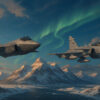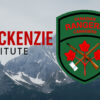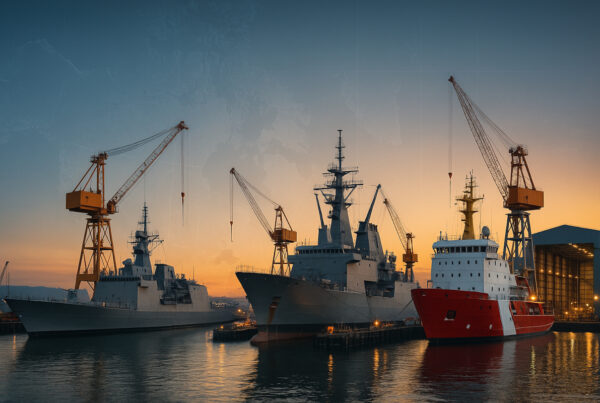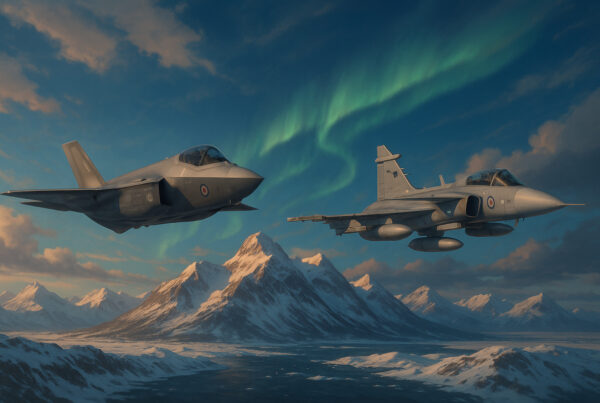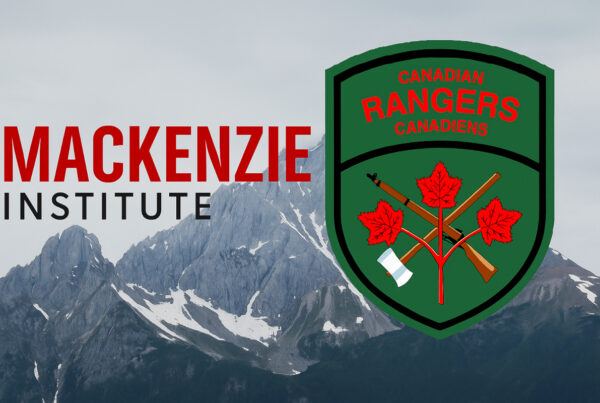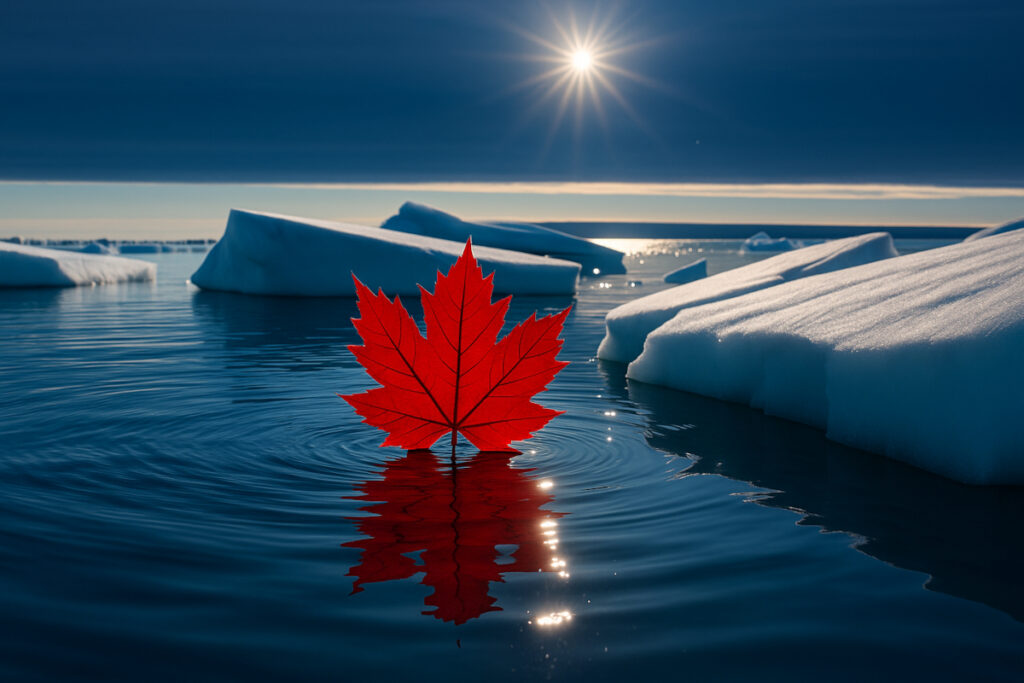
Written by D. Brian Hay and C. L.
In light of widespread political movements across the entire Arctic region, Canada is taking another hard look at its Arctic territories: their protection and security; their economic development; and ultimately the needs of Canada’s Arctic residents.
For many years Canada had a great northern Arctic orientation, especially during the glory development days of the ’60s and ’70s given the search for oil and gas deposits. The petroleum industry was developing on land and at sea, new technologies were being developed, and new jobs were being created. Wealth was being generated, but it didn’t last when a combination of world economic factors and the environmental movement grew in response to perceived adverse environmental impacts.
Now, once again, Canada is looking at its Arctic areas and this time it’s primarily from a security perspective. The international need for resources coupled with the gradual opening of Canada’s Arctic Northwest Passage through the Beaufort Sea and Arctic Ocean prompts the interest of other countries, not just Canada. Russia has been expanding its physical presence in its Arctic region by updating older communities and building new ones while opening up transportation through its Northeast Route. The people of Greenland have been looking to assert their independence from Denmark. The countries of Sweden, Norway and Finland have banded together within NATO for their own self protection. America has established significant military bases in Alaska and wants more in Greenland.
China has cast its covetous eyes on Canada‘s Northwest Passage, which in turn the Americans have challenged as being actually a Canadian possession rather than an international waterway. Strife could easily break out among such parties, as countries like Sweden, Norway, Finland, Germany and most recently England, France and Poland alerted their people to ‘prepare for war’…with Russia. Canada is physically proximate and geopolitically involved by its NATO membership.
Recently the Government of Canada announced that it was partnering with Australia, to build an ‘over the horizon radar system’ to considerably surpass the capabilities of the now, ancient Distant Early Warning (DEW), Mid-Canada and Pine Tree lines built in the 1950s to detect Russian bombers attacking North America. One might question the wisdom of building even the newer ‘over the horizon line’ given the cost, lead time, maintenance issues, and vulnerability, as Russia discovered from the recent attack by Ukrainian forces. Perhaps an intelligence satellite developed jointly with Britain and/or France (if current political issues with the US get in the way) might be a faster and more secure choice.
But is it sufficient simply knowing when some adversary is threatening or attacking? If a country can’t do anything to impede it, what value is it knowing? Canada might have a new radar system, but it doesn’t have the capacity to back it up with military and security resources.
Canada today has no permanent military/security operational base in the Arctic. The US has at least three large bases and the Russians, 11. There are existing locations/communities in the Canadian Arctic which might serve as potential bases for new permanent military sites. These sites are also prime ‘occupation’ sites for an invader to disrupt North American defence. They include Inuvik in the northwest, Baker Lake in the centre, and Iqaluit in the east (on Baffin Island). Perhaps upgrading the Alert station in the far Arctic might also be appropriate.
Currently, the furthest north operational Canadian military units are posted on a year-round basis are Cold Lake in Alberta and Bagotville in Quebec. These two bases are approximately three hours away at maximum speed for Canadian fighter jets from the three potential sites suggested above for new Northern bases. It is clear to see but harder to appreciate for some, how truly undefended Canada’s Arctic is.
Canada needs a well thought through, financed and well managed and integrated program of acquisition, training, utilization and maintenance for effectively placed security/military response capability to be implemented within the next 12 months and in early stage operations within 24 months. Can’t be done? Tell that to those starting from nothing in 1939.
For example, Canada could use anti-air missiles to protect all three of the bases mentioned above, as well as the broader Canadian Arctic. Canada could acquire and use modern submarines to protect its northern coast on the Bering and Beaufort Seas in the west and in the Northern Atlantic and the Baffin Island/ Greenland gap, as well as under the Arctic ice itself. Used US boats (not British) could be a start. Both the Russians and the Chinese are navigating the Northwest Passage using sub-surface ships and/or icebreakers to transit the region.
Canada will need air and naval maintenance facilities for rotational air and naval assets.
One squadron of existing CF-18s could be rotated through the Northern bases. The same air bases could be used to serve drone aircraft whether they be the American Q Reaper type or others like Triton. Such drones could monitor and likely control the Arctic at a relatively lower cost than human operated aircraft as well as be used to help defeat any attacking or unwanted military presence from another country.
Canada needs to look at acquiring new crewed aircraft for both air interdiction as well as air-to-ground purposes. Some question the existing plans to deploy the F-35 in the Arctic due to their high maintenance requirements and their delicate electronic suites, which are subject to intense cold and their single engine capability. Many experienced pilots consider a minimum of two engines for a combat aircraft operating in the Arctic.
In addition to submarines, Canada should take a very hard look at nuclear powered Icebreakers that can stay on station even with rotating crews for months at a time. If armed, such icebreakers could not only play a defensive role but a regulatory role for civilian transit through the Northwest Passage. Enhanced communication capabilities based on satellite systems could make a significant difference in Canada’s capability to monitor the region in addition to tying the region even closer together.
These are only a few of the considerations that should be given to Canadian short term, intermediate and long-term defensive requirements in the Arctic. Having such capabilities in place would expand economic development. Joint military and civilian airport facilities could be made available to civilian mining and oil and gas exploration and development companies. Support jobs could employ local personnel. The overall increase in economic activity could lower the actual cost of living in the area itself, while improving the quality of habitation for the people resident there.
An integrated planning approach should be undertaken, but it must not become stalled in bureaucratic analysis. It must be driven by recognized need and opportunity. This requires substantial revision to Canada‘s normal leisurely and passive remote bureaucratic approach to the economy and utilization of the Canada Arctic.
Ultimately it is critical to weave through all the planning elements and the interface with the physical environment. A wealth of information and understanding was generated and inventoried by petroleum industry exploration in the ’70s and ’80s. The Arctic is delicate and fragile. At the same time, it can be resilient if responsibly utilized. There’s absolutely no sense going rapidly ahead with development only to end up in 15 or 20 years with a ‘broken ecology’ and a fragmented and trashed physical environment. Care and caution coupled with speed and attention to the full range of Arctic needs must be undertaken and it must start NOW.


